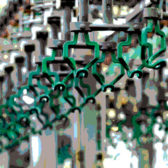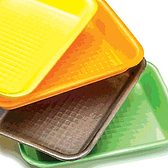Home » Publications » Food Safety Magazine
Our Publications
Please select a publication below.
Food Safety Magazine

October/November 2016
Features
Back to TopLean Quality for Lean Manufacturing
October 1, 2016
High-Volume Solutions for a High-Volume Laboratory
October 1, 2016
Never miss the latest news and trends driving the food safety industry
eNewsletter | Website | eMagazine
JOIN TODAY!Copyright ©2024. All Rights Reserved BNP Media.
Design, CMS, Hosting & Web Development :: ePublishing















